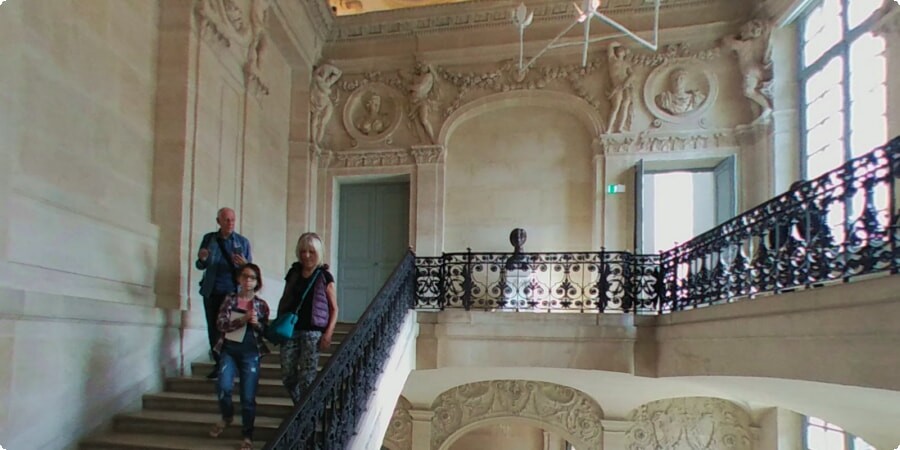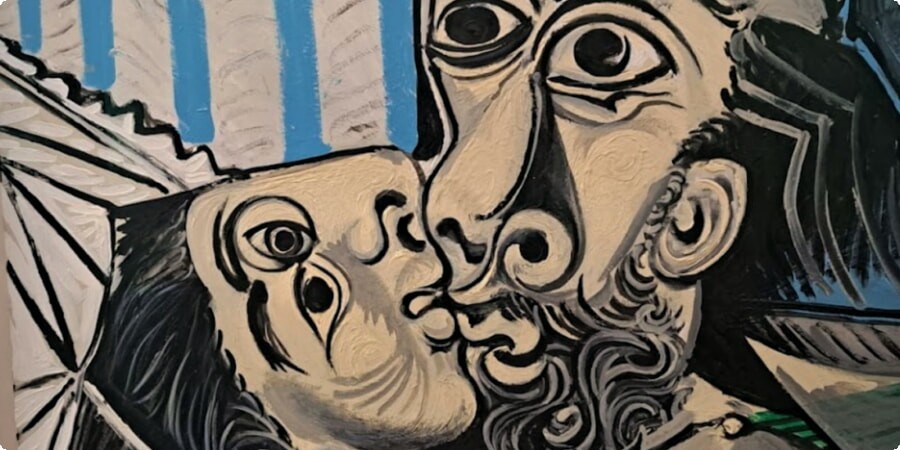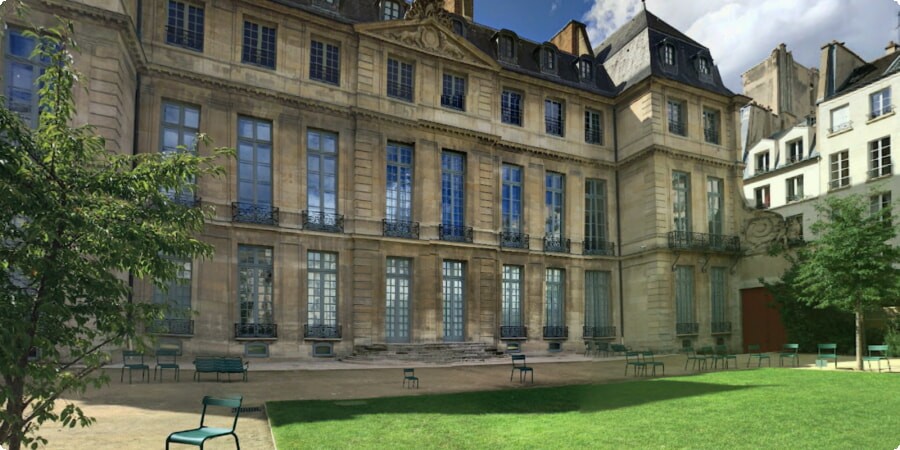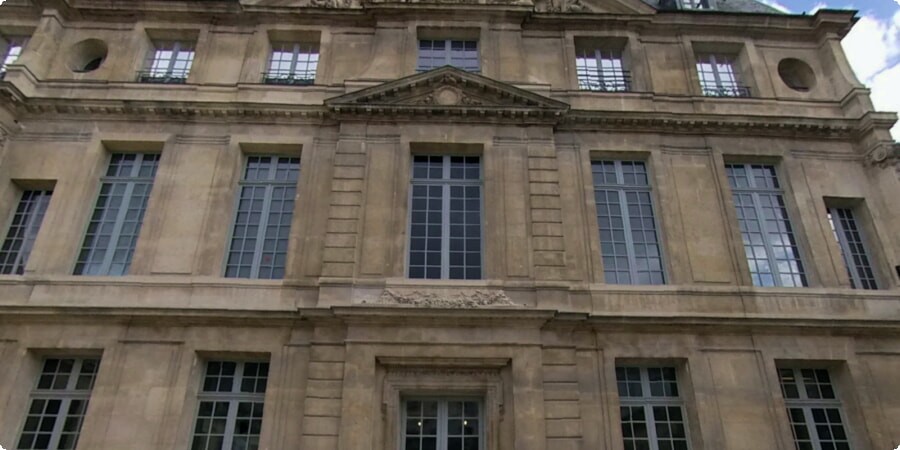Nestled in the vibrant Marais district of Paris, the Picasso Museum stands as a beacon of artistic brilliance, offering visitors a captivating journey into the mind of one of the most influential artists of the 20th century. Housed within the walls of the Hôtel Salé, a grand 17th-century mansion, the museum pays homage to the life and work of Pablo Picasso, showcasing an unparalleled collection of his masterpieces in a setting that is as inspiring as it is immersive.
Picasso's Early Years
To truly understand the creative genius of Pablo Picasso, one must delve into the depths of his early years, where the seeds of artistic innovation were first sown. Born in 1881 in the bustling city of Malaga, Spain, Picasso showed an early talent for drawing and painting, which was nurtured by his artist father from a young age. His early exposure to the vibrant colors and rich cultural heritage of southern Spain would leave an indelible mark on his artistic sensibilities, shaping the trajectory of his future artistic endeavors.
As a young man, Picasso's artistic journey led him to Paris, the epicenter of the avant-garde art scene at the turn of the 20th century. Here, he quickly immersed himself in the vibrant milieu of artists, writers, and intellectuals who frequented the cafés and salons of Montmartre and Montparnasse, eager to challenge the conventions of traditional artistic expression and forge new paths of creative exploration.
Picasso's Artistic Evolution
The Picasso Museum provides a unique opportunity to trace the evolution of Picasso's artistic style, from his early years as a precocious young talent to his later years as a towering figure of modern art. One of the most striking aspects of Picasso's oeuvre is the sheer diversity of styles and techniques he employed throughout his career, from the melancholy hues of his Blue Period to the fractured forms of Cubism and the exuberant colors of his later works.

Picasso's artistic evolution was marked by a relentless pursuit of innovation and experimentation, as he sought to push the boundaries of artistic expression and challenge the conventions of representational art. His groundbreaking innovations in Cubism, co-developed with Georges Braque in the early 20th century, revolutionized the way artists approached form, space, and perspective, laying the groundwork for the emergence of abstract art in the decades that followed.
And if you're planning to explore the vibrant streets of Paris, why not book a car through TraveloCars for convenient transportation around the city?
Highlights of the Museum Collection
As you step into the hallowed halls of the Picasso Museum, you'll be greeted by a breathtaking array of masterpieces that offer a fascinating glimpse into the artist's creative process and thematic interests. From iconic paintings and sculptures to drawings, ceramics, and prints, the museum's collection spans the entirety of Picasso's prolific career, providing a comprehensive overview of his artistic evolution.
One of the highlights of the collection is Picasso's celebrated series of portraits, which offer a revealing insight into the artist's relationships with friends, lovers, and fellow artists. From the haunting intensity of his self-portraits to the tender intimacy of his portraits of Dora Maar and Marie-Thérèse Walter, each work captures the essence of its subject with unparalleled depth and emotion.
Another standout feature of the museum's collection is its extensive holdings of Picasso's Cubist works, which showcase the artist's revolutionary approach to form, space, and perspective. From the fractured forms of his early Cubist experiments to the more abstract compositions of his later years, these works demonstrate Picasso's unparalleled ability to deconstruct and reassemble reality in new and unexpected ways.

Picasso's Studio
One of the most immersive experiences offered by the Picasso Museum is a virtual tour of the artist's reconstructed studio, which offers a fascinating glimpse into the inner workings of his creative process. Here, visitors can explore the cluttered shelves, scattered brushes, and unfinished canvases that filled Picasso's workspace, gaining insight into the daily rituals and routines that fueled his artistic vision.
The studio also provides an opportunity to see some of Picasso's most iconic works in progress, offering a behind-the-scenes look at the evolution of his artistic ideas and techniques. From the preliminary sketches and studies that served as the foundation for his larger compositions to the experimental works that pushed the boundaries of traditional artistic conventions, the studio offers a wealth of insights into Picasso's creative genius.
Picasso's Impact on Modern Art
The influence of Pablo Picasso on the trajectory of modern art cannot be overstated, and the Picasso Museum offers a compelling exploration of his enduring legacy. From the pioneering innovations of Cubism to the bold experimentation of his later works, Picasso's artistic vision continues to resonate with artists, critics, and audiences around the world, inspiring new generations of creators to push the boundaries of artistic expression.
And if you're planning to explore more of France's cultural treasures, why not book a car through TraveloCars for convenient transportation to museums, galleries, and other attractions across the country?


